BLOG
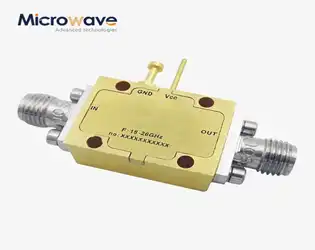
What is a phase shifter in an antenna?
December 3, 2025
Imagine your radar system failing to detect an incoming threat because the antenna beam couldn't adjust fast enough, or your satellite communication dropping during critical data transmission due to misaligned signal phases. These scenarios highlight the critical importance of phase control in modern antenna systems. A phase shifter in an antenna is a specialized microwave component that adjusts the phase angle of radio frequency signals while maintaining their amplitude, enabling precise control over beam direction and signal alignment. Among various types, the Voltage Controlled Phase Shifter stands out as an essential solution for applications requiring dynamic phase adjustment, from military radar systems to next-generation 5G networks and satellite communications.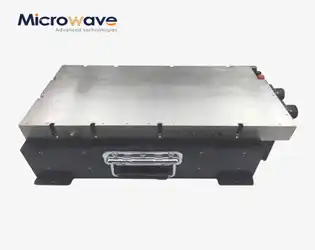
December 3, 2025
When engineers struggle with signal distortion in critical satellite communication systems or radar installations fail to meet performance specifications, one fundamental question often surfaces: is the power amplifier output AC or DC? Understanding this distinction becomes crucial when system reliability depends on precise signal amplification without degradation. At Advanced Microwave Technologies Co., Ltd., our AC Power Amplifier solutions eliminate this confusion by delivering clean, amplified signals that maintain signal integrity across demanding applications from 0.5 to 110 GHz frequency ranges.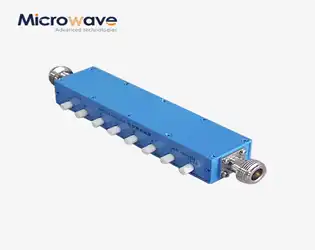
what does a coax attenuator do?
December 3, 2025
Have you ever faced equipment damage from signal overload, distorted measurements, or unstable system performance in your RF testing environment? A Coaxial Variable Attenuator precisely reduces signal strength without waveform distortion, ensuring optimal power levels for telecommunications, aerospace, defense, and satellite communication applications where signal integrity determines mission success.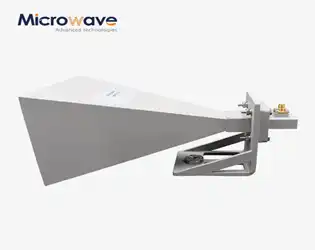
What Are Standard Horn Antennas & Accessories Used For?
December 1, 2025
When precision signal transmission fails in critical applications—from satellite ground stations losing connection during crucial data transfers to radar systems unable to detect targets in adverse weather—the culprit often lies in inadequate antenna performance. Standard Horn Antenna technology addresses these pain points by delivering reliable, high-gain microwave solutions for testing, measurement, sensing, radar, and communication systems where accuracy cannot be compromised.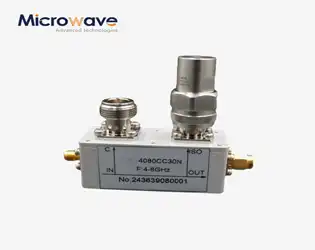
High Power Directional Couplers For Coaxial RF
December 1, 2025
When critical RF systems fail due to signal monitoring issues, power overload, or impedance mismatches, operations come to a standstill and costly downtime follows. High Power Directional Couplers For Coaxial RF provide the essential solution for real-time power monitoring, signal sampling, and transmission line protection in demanding applications. These precision-engineered Coaxial Directional Coupler devices enable engineers to safely monitor forward and reflected power in high-power RF systems without disrupting signal flow, ensuring system reliability across satellite communications, radar installations, and telecommunications infrastructure.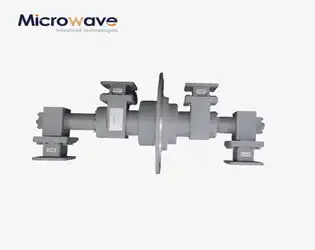
Seamless Rotation, Uninterrupted Signal: The Dual Channel Coaxial Rotary Joint Advantage
December 1, 2025
In rotating radar systems, satellite ground stations, and aerospace navigation equipment, engineers face a critical challenge: how to maintain flawless signal transmission while components rotate at high speeds. Signal degradation, insertion loss, and intermittent connectivity can compromise mission-critical operations, leading to data loss, positioning errors, or complete system failure. The Dual Channel Coaxial Rotary Joint addresses this pain point by providing uninterrupted, low-loss signal transfer in rotating 50-ohm systems, ensuring that your communication and detection systems perform reliably even under the most demanding conditions.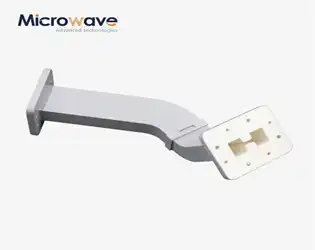
What Are the Common Types of Double Ridge Waveguides?
November 28, 2025
When designing microwave and RF systems that demand exceptional broadband performance, engineers often encounter a critical challenge: finding waveguide solutions that can handle ultra-wide frequency ranges without compromising signal integrity. Traditional rectangular waveguides fall short in applications requiring 3:1 or 4:1 bandwidth ratios, leaving system designers struggling with multiple waveguide transitions and increased insertion loss. Double Ridge Waveguide technology emerges as the definitive solution to this bandwidth limitation problem, offering unprecedented frequency coverage in a single waveguide structure. Understanding the common types of Double Ridge Waveguide configurations becomes essential for engineers working in satellite communications, defense radar systems, and high-frequency test equipment where broadband capability directly impacts system performance and cost-effectiveness.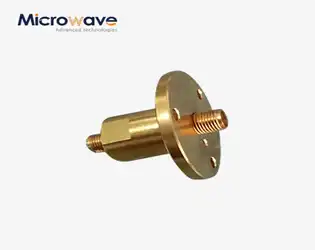
Unlocking Performance: Single Channel Coaxial Rotary Joint for Aerospace & Maritime
November 28, 2025
Picture this: a military radar system scanning the skies at high speed, or a maritime satellite terminal tracking signals while the vessel pitches through rough seas. In both scenarios, one critical challenge emerges—maintaining flawless RF signal transmission across rotating interfaces without degradation, loss, or interruption. This is precisely where the Single Channel Coaxial Rotary Joint becomes indispensable. Designed to deliver uninterrupted, low-loss signal transfer in demanding aerospace and maritime environments, this precision-engineered component ensures that rotating systems maintain peak performance even under the most challenging operational conditions. Whether you're designing next-generation radar platforms, satellite communication terminals, or defense surveillance systems, understanding how Single Channel Coaxial Rotary Joints unlock superior performance can transform your approach to system reliability and signal integrity.




